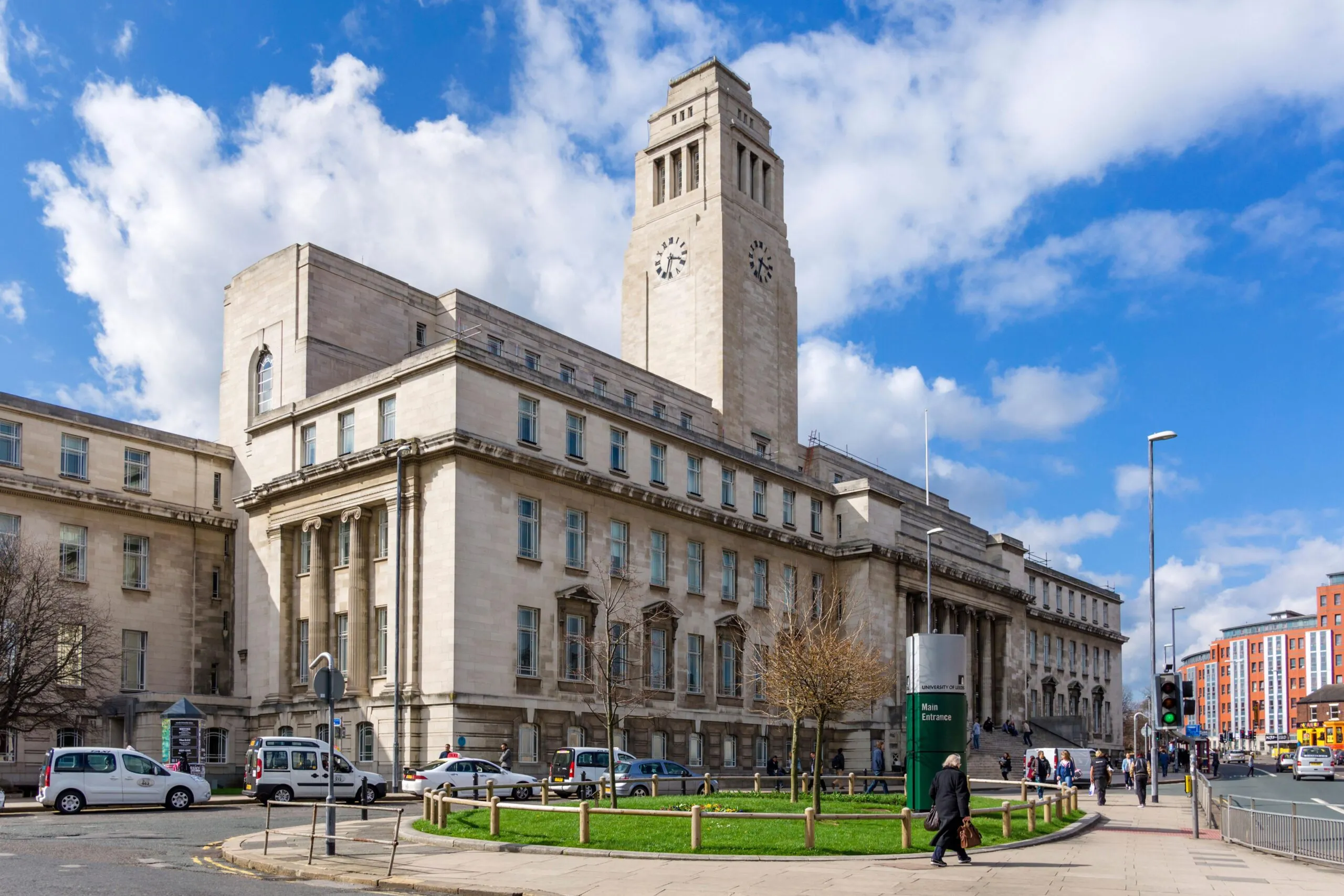Maintaining a clean living space is essential for overall health and well-being. This is especially true for student accommodation, where many individuals live in close quarters. Deep cleaning goes beyond regular surface cleaning and tackles the hidden dirt and grime that can accumulate over time. By investing time and effort into deep cleaning, students can create a clean and healthy environment that promotes productivity and well-being.
Deep cleaning has numerous benefits for student accommodation. Firstly, it helps to eliminate allergens such as dust mites, pet dander, and pollen, which can trigger allergies and respiratory issues. Deep cleaning also removes bacteria, viruses, and other pathogens that can cause illness. Additionally, deep cleaning improves the overall appearance of the living space, making it more inviting and comfortable.
Furthermore, deep cleaning can have a positive impact on mental health. A clean and organised living space promotes a sense of calm and reduces stress levels. It also creates a conducive environment for studying and concentration. By investing time in deep cleaning, students can create a space that supports their academic success and overall well-being.
Preparing for Deep Clean: Essential Tools and Supplies
Before diving into deep cleaning, it is important to gather the necessary tools and supplies. Some essential items include:
✔️ Cleaning Solutions
Choose eco-friendly products that are safe for both the environment and your health. Look for products that are labelled as non-toxic and biodegradable.
✔️ Microfiber Clothes
This is great for dusting surfaces and wiping down countertops. They are reusable and more effective at trapping dust compared to traditional cotton clothes.
✔️ Scrub Brushes
Invest in a variety of scrub brushes with different bristle strengths to tackle different surfaces.
✔️ Vacuum Cleaner
A good quality vacuum cleaner with attachments is essential for deep cleaning carpets, upholstery, and hard-to-reach areas.
✔️ Mop and Bucket
Opt for a mop with a removable and washable head. This will ensure that you are not spreading dirt and bacteria around.
In addition to gathering the necessary tools and supplies, it is important to declutter and organise the living space before deep cleaning. Remove any unnecessary items and find proper storage solutions for belongings. This will make the cleaning process more efficient and allow for better access to surfaces that need to be cleaned.
Tackling the Bathroom: Step-by-Step Guide to Deep Cleaning
The bathroom is one of the most important areas to deep clean in student accommodation. It is a high-traffic area that can quickly accumulate dirt, grime, and bacteria. Follow this step-by-step guide to ensure a thorough, deep clean:
- Start by removing all items from the bathroom, including toiletries, towels, and rugs.
- Dust all surfaces, including light fixtures, vents, and shelves.
- Spray an eco-friendly bathroom cleaner on all surfaces, including the toilet, sink, shower, bathtub, and countertops. Let the cleaner sit for a few minutes to loosen dirt and grime.
- Scrub the toilet using a toilet brush and cleaner. Pay special attention to the bowl and under the rim.
- Clean the sink and countertops using a microfiber cloth or sponge. Pay attention to any stains or buildup around the faucet.
- Scrub the shower and bathtub using a scrub brush or sponge. Focus on removing soap scum and hard water stains.
- Clean the mirrors using a glass cleaner or a mixture of vinegar and water.
- Sweep or vacuum the floor, then mop using an eco-friendly floor cleaner.
- Finally, replace all items in their designated places.
Getting Rid of Mould and Mildew: Tips and Tricks
Mould and mildew are common problems in bathrooms due to the high humidity levels. They can cause health issues and damage to surfaces if not addressed promptly. Here are some tips for preventing and removing mould and mildew:
- Keep the bathroom well-ventilated by using an exhaust fan or opening a window during and after showers.
- Wipe down surfaces regularly to prevent moisture buildup.
- Use a mixture of vinegar and water to remove mould and mildew. Spray the solution on the affected areas, let it sit for a few minutes, and then scrub with a brush or sponge.
- For stubborn mould and mildew, use a commercial mould and mildew remover following the instructions on the label.
- After removing mould and mildew, ensure that the bathroom is thoroughly dried to prevent regrowth.
Scrubbing the Toilet: Effective Techniques for a Sparkling Clean
The toilet is one of the most important fixtures to clean in the bathroom. It can harbour bacteria and unpleasant odours if not cleaned regularly. Follow these steps for an effective toilet cleaning:
- Start by spraying an eco-friendly toilet cleaner inside the bowl, including under the rim.
- Let the cleaner sit for a few minutes to loosen dirt and stains.
- Scrub the inside of the bowl using a toilet brush, paying special attention to any stains or buildup.
- Use a microfiber cloth or sponge to clean the exterior of the toilet, including the tank, seat, and base.
- Wipe down all surfaces with a disinfectant wipe or spray to kill any remaining bacteria.
- Finally, flush the toilet to rinse away any residue.
To prevent toilet stains and odours, it is important to clean the toilet regularly and avoid using harsh chemicals that can damage the porcelain. Additionally, consider using toilet tablets or drops that help keep the bowl clean between deep cleanings.
Cleaning the Shower and Tub: Removing Soap Scum and Hard Water Stains
The shower and tub can accumulate soap scum and hard water stains over time. These can be unsightly and difficult to remove. Here are some tips for tackling these common issues:
- Start by spraying an eco-friendly bathroom cleaner on the shower walls, tub, and fixtures. Let it sit for a few minutes to loosen dirt and grime.
- Scrub the surfaces using a scrub brush or sponge. Pay special attention to areas with soap scum or hard water stains.
- For stubborn soap scum, use a mixture of baking soda and water to create a paste. Apply the paste to the affected areas, let it sit for a few minutes, then scrub with a brush or sponge.
- For hard water stains, use a mixture of vinegar and water. Spray the solution on the stains, let it sit for a few minutes, then scrub with a brush or sponge.
- Rinse all surfaces thoroughly with water to remove any residue.
To prevent soap scum and hard water stains from building up in the future, consider using a squeegee to wipe down the shower walls and tub after each use. This will help remove excess water and prevent mineral buildup.
Kitchen Deep Cleaning: A Comprehensive Guide
The kitchen is another important area to deep clean in student accommodation. It is where food is prepared and consumed, making it crucial to maintain cleanliness and hygiene. Follow this comprehensive guide to deep cleaning your kitchen:
- Start by removing all items from the kitchen countertops, cabinets, and drawers.
- Dust all surfaces, including light fixtures, vents, and shelves.
- Empty and clean out the refrigerator. Remove all items, throw away expired food, and wipe down shelves and drawers using an eco-friendly cleaner.
- Clean the oven using an oven cleaner or a mixture of baking soda and water. Follow the instructions on the label for the best results.
- Clean the microwave by heating a bowl of water with lemon slices for a few minutes. Steam will help loosen dirt and grime, making it easier to wipe clean.
- Scrub the sink using a scrub brush or sponge. Pay attention to any stains or buildup around the faucet.
- Clean the countertops using an eco-friendly cleaner. Pay special attention to any stains or spills.
- Wipe down the cabinets and drawers using a microfiber cloth or sponge.
- Sweep or vacuum the floor, then mop using an eco-friendly floor cleaner.
- Finally, replace all items in their designated places.
Dealing with Grease and Grime: Effective Solutions for a Clean Kitchen
Grease and grime can build up in the kitchen over time, especially on surfaces such as stovetops, range hoods, and backsplashes. Here are some tips for preventing and removing grease and grime:
- Clean up spills and splatters immediately to prevent them from hardening and becoming more difficult to remove.
- Use a mixture of vinegar and water to cut through grease and grime on surfaces such as stovetops and range hoods. Spray the solution on the surface, let it sit for a few minutes, and then wipe it clean with a microfiber cloth or sponge.
- For stubborn grease and grime, use a degreaser specifically designed for kitchen surfaces. Follow the instructions on the label for the best results.
- Consider using a splatter screen when cooking to prevent grease from splattering onto surfaces.
- Regularly clean and replace range hood filters to prevent grease buildup.
Cleaning Appliances: Tips for Keeping Your Fridge, Oven, and Microwave Spotless
Appliances such as fridges, ovens, and microwaves can quickly become dirty and unhygienic if not cleaned regularly. Here are some tips for keeping these appliances spotless:
- Clean the fridge regularly by removing all items, throwing away expired food, and wiping down shelves and drawers using an eco-friendly cleaner.
- To remove odours from the fridge, place an open box of baking soda on one of the shelves.
- Clean the oven using an oven cleaner or a mixture of baking soda and water. Follow the instructions on the label for the best results.
- Clean the microwave by heating a bowl of water with lemon slices for a few minutes. Steam will help loosen dirt and grime, making it easier to wipe clean.
- Wipe down the exterior of all appliances using an eco-friendly cleaner.
By regularly cleaning and maintaining appliances, students can prolong their lifespan and ensure they are functioning properly.
Maintenance and Prevention: Keeping Your Student Accommodation Clean and Fresh
Deep cleaning is important, but it is equally important to maintain cleanliness regularly. Here are some tips for maintaining a clean living space:
✔️ Create a Cleaning Schedule
Set aside specific days or times each week for cleaning tasks. This will help ensure that cleaning becomes a regular habit.
✔️ Divide Tasks
Break down cleaning tasks into smaller, manageable chunks. Assign specific tasks to different days or individuals to make the workload more manageable.
✔️ Declutter Regularly
Regularly go through belongings and get rid of items that are no longer needed or used. This will prevent clutter from accumulating and make cleaning easier.
✔️ Practice Good Hygiene Habits
Encourage everyone in the student accommodation to practice good hygiene habits, such as washing hands regularly, wiping down surfaces after use, and properly disposing of trash.
✔️ Communicate with Roommates
Establish open communication with roommates about cleaning expectations and responsibilities. This will help ensure that everyone is on the same page and working together to maintain a clean living space.
In conclusion, deep cleaning is essential for maintaining a clean and healthy living space in student accommodation. By following the tips and techniques outlined in this article, students can create a clean and inviting environment that promotes overall health and well-being. Remember to gather the necessary tools and supplies, use eco-friendly products, and establish a regular cleaning schedule to ensure a consistently clean living space.







